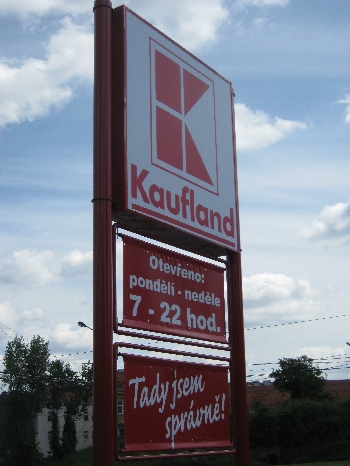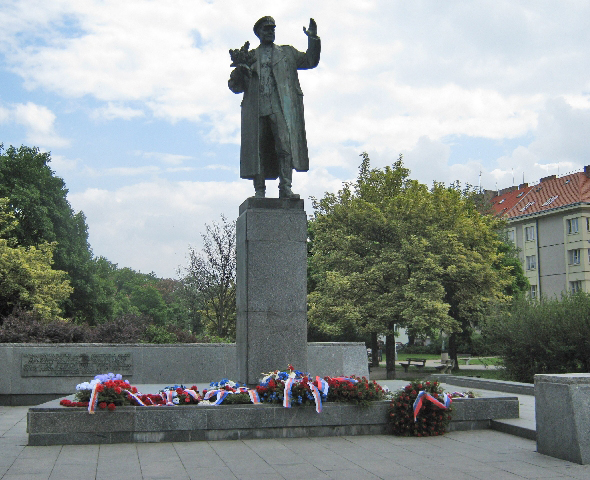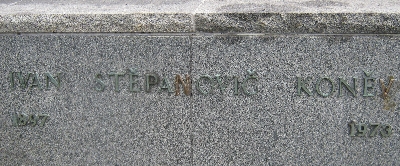
Prague Zoo has always been one of our favourite places to visit on my ‘day-off’, ever since we moved to the Czech Republic nearly four years ago. It isn’t really feasible to see everything in one visit and, depending on the time of year, different animals and birds are more willing to show themselves each time we visit. And all the time, there are new developments at the zoo, some being the result of ongoing repairs to the damage caused by severe flooding in August 2002. Realising that we hadn’t visited Prague Zoo at all in 2012, we put it on our ‘staycation to visit list’ and we duly visited once more on Wednesday 18th July.
Prague Zoo is located directly across the Vltava River from where we live. Part of the fun of visiting it is the journey to get there. Why? Because there is no bridge across the river for many kilometres. Instead, we have to take the ferry.
On the western side of the river where we live, the little jetty from where the ferry leaves is two stops away on the bus. Then on the other side, it is a similar distance to the zoo entrance but with a much less frequent bus connection. So sometimes it is quicker just to walk. The ferry itself is quite tiny but as you can see, it still proudly displays a sticker to say that it is part of Prague’s integrated transport system!


Upon our arrival at the zoo entrance, we discovered two significant changes since our last visit in 2011. Firstly, the cost of a standard adult entrance ticket had gone up by 33.33% from CZK 150 to CZK 200. Secondly, the definition of being ‘senior’, allowing admission for CZK 1, had been altered from being 60 or above, to being 70 or above. Those of us aged between 60 and 69 were instead allowed in for the slightly reduced price of CZK 150.

One new feature since our last visit was a freshly completed new home for the elephants. As you can see, it does look rather bare though no doubt it will be landscaped more in due course. Fresh fruit had just been scattered in the enclosure as we arrived and shortly afterwards, this character was allowed out of his house and was busy picking up the fruit off the ground with his trunk and putting it into his mouth.

In the Australian section of the zoo, the kangaroos and wallabies were grazing in the farthest corners of their enclosures and were therefore somewhat difficult to see. But as usual, this emu seemed very happy to be observed sitting down quietly and enjoying the sun.
The zoo occupies a somewhat unusual site. Parts of it are relatively flat alongside the Vltava River whilst other sections are up on top of a hill overlooking both the river and the city of Prague.

This view from the top of the hill looks directly across the Vltava River to Rezidence Podbaba, the development where the Chaplaincy Flat is located. On the left is the newly opened Kaufland supermarket, easily identified by the ‘K’ logo, whilst behind the apartment blocks is the Juliska Stadium, the home of FK Dukla Praha. In preparation for the new football season which begins next weekend, the club are obviously renewing the seating in the main stand which is why it says ‘ukl’ rather than ‘Dukla’ 🙂

No visit to Prague Zoo is complete for me without visiting my favourite residents – the owls. I find them such attractive and fascinating creatures. I particularly admire the way they turn their heads so they can see in virtually every direction without moving their bodies. Because of the netting that surrounds each of their enclosures, it isn’t very easy to get a clear photograph of any of the various owls in the Prague Zoo collection. So I was particularly pleased with this one of an Owl, looking half asleep but almost certainly, very wide awake!
























